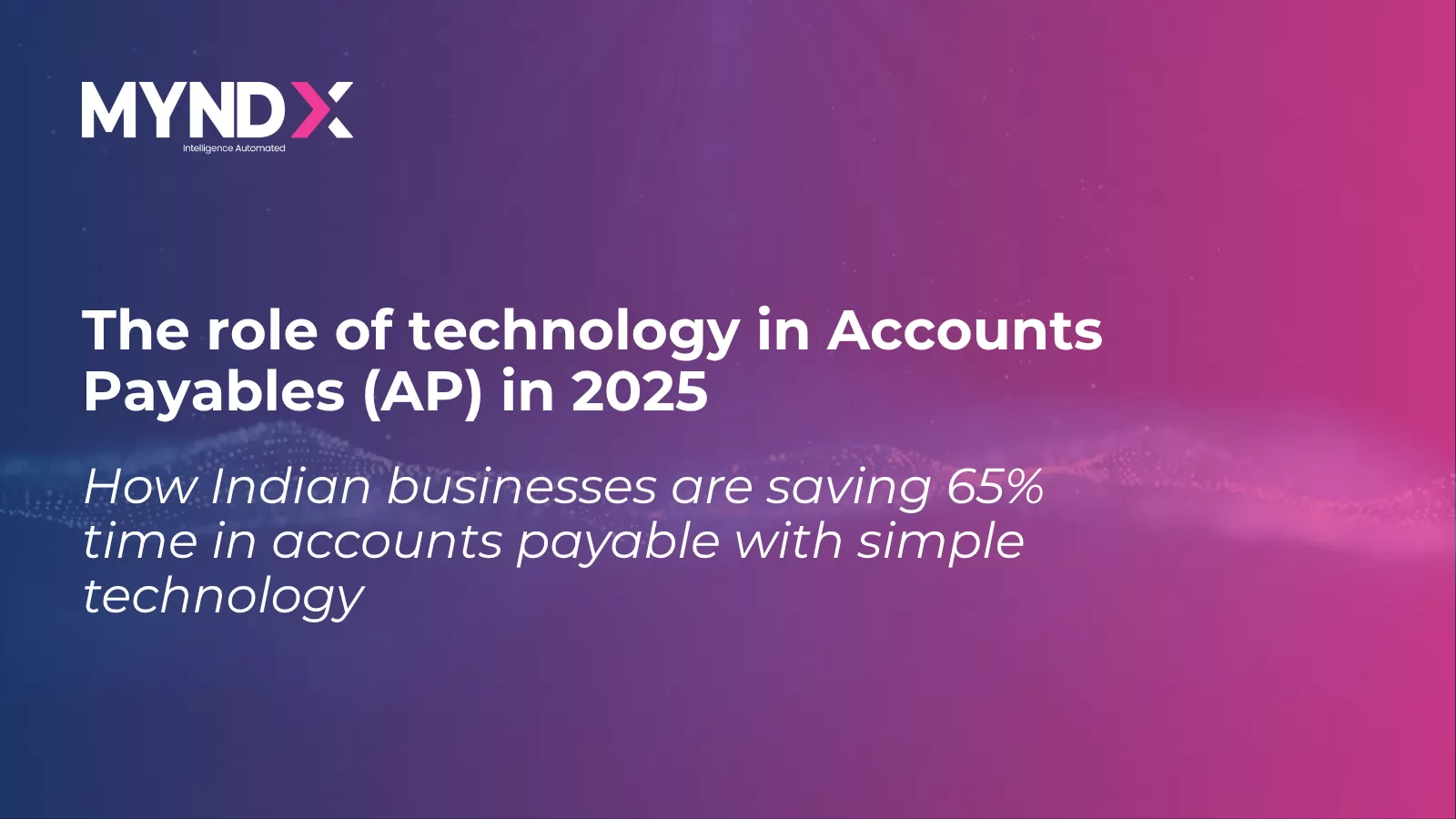In any growing business, from a manufacturing plant with heavy machinery to a tech company with hundreds of laptops, physical assets are the tools that drive progress. We often focus on acquiring these assets, but the real challenge lies in managing them throughout their entire lifecycle. What happens after the purchase? Do you know where every asset is, its current condition, and its financial value? Answering these questions is the core of effective fixed asset management.
Without a proper system, companies often face issues like “ghost assets”—items still listed on the books but are physically missing, lost, or broken. This leads to inaccurate financial statements, unnecessary insurance payments, and inefficient operations. This guide will walk you through the best practices for fixed asset management and verification, showing how a structured, technology-driven approach can turn a complex administrative task into a strategic business advantage.
What Exactly is Fixed Asset Management?
At its simplest, fixed asset management is the process of tracking and maintaining an organization’s physical assets and equipment. The goal is to know exactly what you own, where it is, who is using it, its condition, and its current value. This goes far beyond just creating a list; it is a continuous cycle that includes acquisition, tracking, maintenance, verification, and eventual disposal.
Why is this so important for your business?
- Financial Accuracy: Proper asset management ensures that your financial records, like the balance sheet, are accurate. This is crucial for calculating correct depreciation, paying the right amount of taxes, and securing loans.
- Operational Efficiency: Knowing the location and condition of your assets prevents delays. Imagine your team wasting hours searching for a critical piece of equipment. A good system eliminates this, ensuring tools are available when and where they are needed.
- Regulatory Compliance: Many industries have strict regulations about asset tracking and financial reporting. A robust system helps you meet these requirements effortlessly and prepares you for audits.
- Better Decision-Making: When you have accurate data, you can make smarter decisions about purchasing new assets, scheduling maintenance, or retiring old equipment. This prevents over-spending and maximises the return on your investments.
The Foundation: Creating a Comprehensive Fixed Asset Register (FAR)
Every effective asset management strategy begins with a Fixed Asset Register (FAR). This is the single source of truth for all your company’s fixed assets. A simple spreadsheet might work for a very small business, but as you grow, a dedicated software solution becomes essential. A detailed FAR should capture more than just the asset’s name.
Key information to include in your FAR:
- Unique Asset ID: A unique identification number or code for each asset.
- Asset Description: A clear description, including make, model, and serial number.
- Asset Category: Grouping assets (e.g., IT Equipment, Furniture, Machinery).
- Location: The physical location of the asset (building, floor, room).
- Custodian: The department or individual responsible for the asset.
- Date of Purchase: The date the asset was acquired.
- Purchase Cost: The original cost of the asset.
- Depreciation Method & Rate: How the asset’s value decreases over time.
- Current Book Value: The asset’s value after depreciation.
- Warranty Information & Maintenance Schedule: Important for upkeep and repairs.
- Asset Condition: (e.g., New, Good, Needs Repair, Obsolete).
- Disposal Date & Method: To be filled in when the asset is retired.
Maintaining this register manually is prone to errors. This is where technology solutions play a critical role, automating updates and ensuring data integrity.
Best Practices for Effective Fixed Asset Management and Verification
Once your FAR is established, the next step is to implement processes that keep it accurate and useful. Here are the best practices that modern businesses are adopting.
1. Implement Robust Asset Tagging and Tracking
Physically tagging each asset is the first step in bringing your FAR to life. It connects the physical item to its digital record. While simple printed labels can work, modern technology offers far more efficient options.
- Barcode Labels: A cost-effective and popular choice. Scanning a barcode with a handheld scanner or a mobile app instantly brings up the asset’s record, making updates quick and accurate.
- QR Codes: Similar to barcodes but can store more information. They can be easily scanned with any smartphone, making them highly accessible for your entire team.
- RFID Tags (Radio-Frequency Identification): These tags use radio waves to communicate. You can scan multiple assets at once without a direct line of sight, which is incredibly useful for verifying hundreds of items in a warehouse or office in minutes.
The right choice depends on your specific needs and asset types. For high-value, mobile equipment, RFID might be the best investment, while for standard office furniture, QR codes or barcodes are perfectly suitable.
2. Conduct Regular Physical Verification
Physical verification is the process of physically checking your assets against the records in your FAR. This practice confirms that the assets you have on paper actually exist, are in the right location, and are in the expected condition. It’s the only way to identify ghost assets or “zombie assets” (assets that are present but not in use).
Traditionally, this was a painstaking manual process involving checklists and spreadsheets. Today, technology has transformed it. Using a mobile app connected to your central asset database, your verification team can simply scan the tag on each asset. The system automatically reconciles the physical count with the register, instantly flagging any discrepancies like missing or misplaced items. This approach offered by professional Fixed Asset Management Services is not only faster but also drastically reduces human error.
3. Automate Depreciation Calculations
Calculating depreciation is a critical accounting function, but it can be complex and time-consuming when done manually. Different assets may have different depreciation methods (e.g., straight-line, written-down value). A good Fixed Asset Management software automates these calculations based on the rules you set. This ensures consistency, accuracy in your financial reports, and compliance with accounting standards, freeing up your finance team to focus on more strategic analysis.
4. Integrate Your Asset Management System with Other Business Software
Your fixed assets don’t exist in a vacuum. Their data is relevant to multiple departments. To avoid data silos and manual double-entry, it’s a best practice to integrate your asset management system with other core business systems.
- ERP / Accounting Software: Integrating with your financial software ensures that all depreciation, acquisition, and disposal data flows seamlessly into your general ledger.
- Maintenance Management System (CMMS): Linking asset data with your maintenance system helps in scheduling preventive maintenance, tracking repair history, and managing work orders efficiently.
This integration creates a connected ecosystem where information is shared automatically, providing a holistic view of your operations.
5. Establish Clear Policies and Procedures
Technology is a powerful enabler, but people and processes are just as important. You need to establish clear policies for the entire asset lifecycle.
- Acquisition: Who has the authority to approve new asset purchases?
- Movement: What is the process for transferring an asset from one location or department to another? How is the FAR updated?
- Maintenance: Who is responsible for reporting issues and scheduling maintenance?
- Disposal: What is the approval process for retiring and disposing of an asset?
Clearly defining these roles and responsibilities ensures that everyone in the organization understands their part in maintaining an accurate asset register.
The Role of Technology in Modern Asset Management
The common thread through all these best practices is the smart use of technology. Modern solutions have moved beyond simple spreadsheets into powerful, integrated platforms.
- Cloud-Based Platforms: Access your asset data from anywhere, at any time. This is ideal for businesses with multiple locations or remote teams.
- Mobile Applications: Empower your field teams to conduct physical verification, update asset locations, and report maintenance issues directly from their smartphones.
- Data Analytics and Reporting: Generate insightful reports with just a few clicks. Analyze asset utilization, forecast future capital expenditure, and identify trends to optimize your asset base.
By leveraging these tools, businesses can move from a reactive to a proactive approach to asset management.
Conclusion: From a Chore to a Strategic Advantage
Effective fixed asset management and verification is no longer just about compliance or accounting. It is a fundamental business process that impacts your bottom line, operational efficiency, and long-term planning. By adopting these best practices—building a solid FAR, using modern tagging technology, conducting regular verification, and integrating your systems—you can gain complete control and visibility over your valuable assets.
Investing in a robust system and process is an investment in the health and future of your business. It transforms a scattered inventory into a well-organized, strategically managed portfolio that supports growth and profitability. When you know what you have and can prove it, you are in a powerful position to succeed.
Ready to bring clarity and control to your fixed assets? The right partner can make all the difference. Contact MYND Integrated Solutions today to explore how our technology-driven Fixed Asset Management Services can help you implement these best practices and unlock the true value of your assets.














